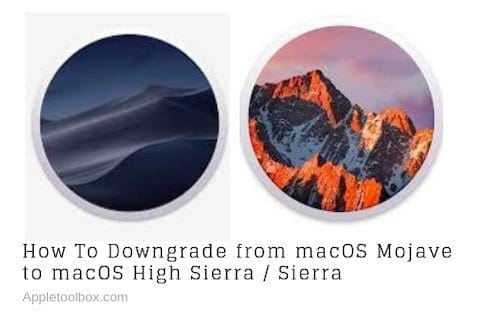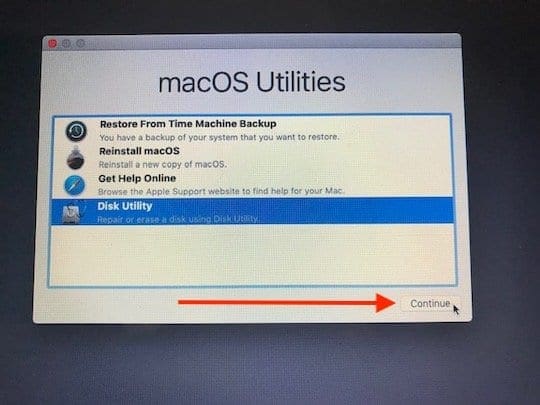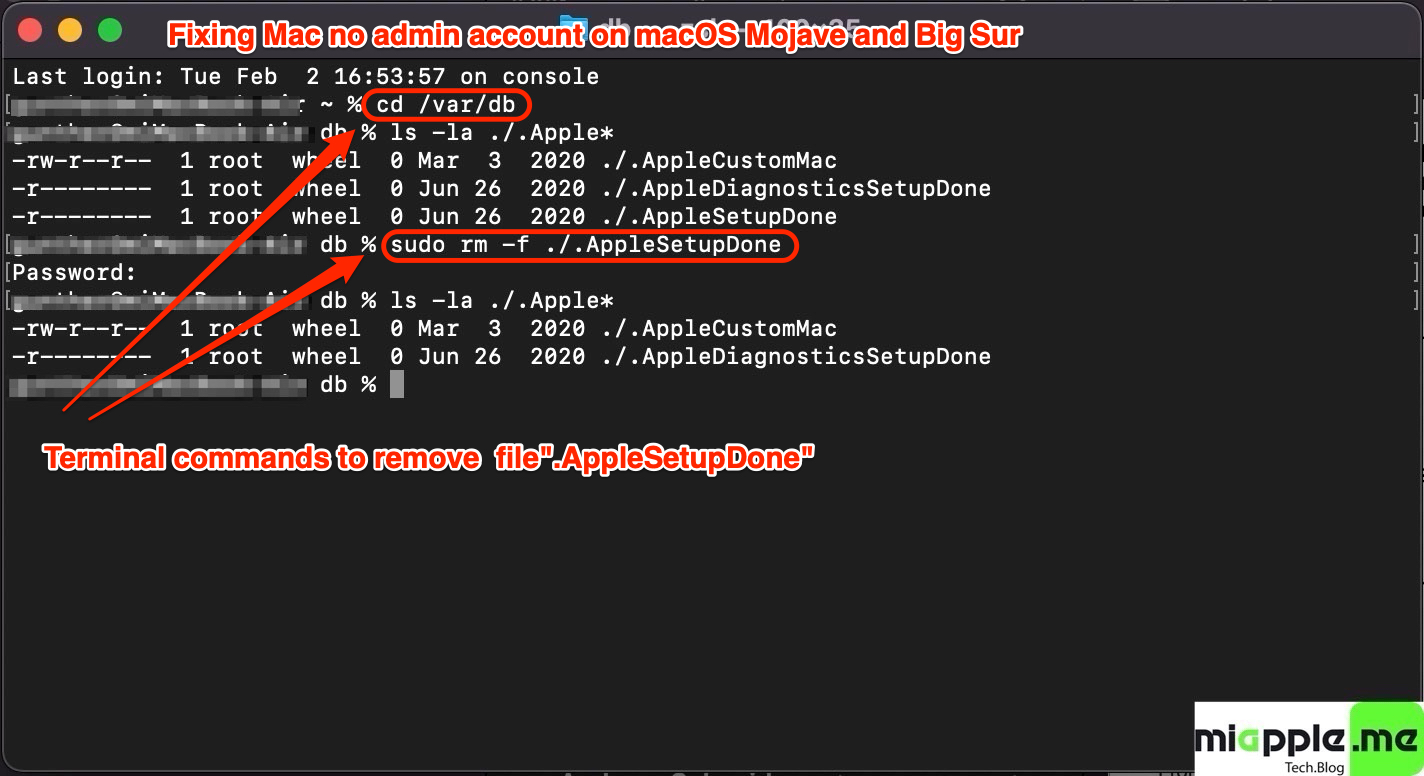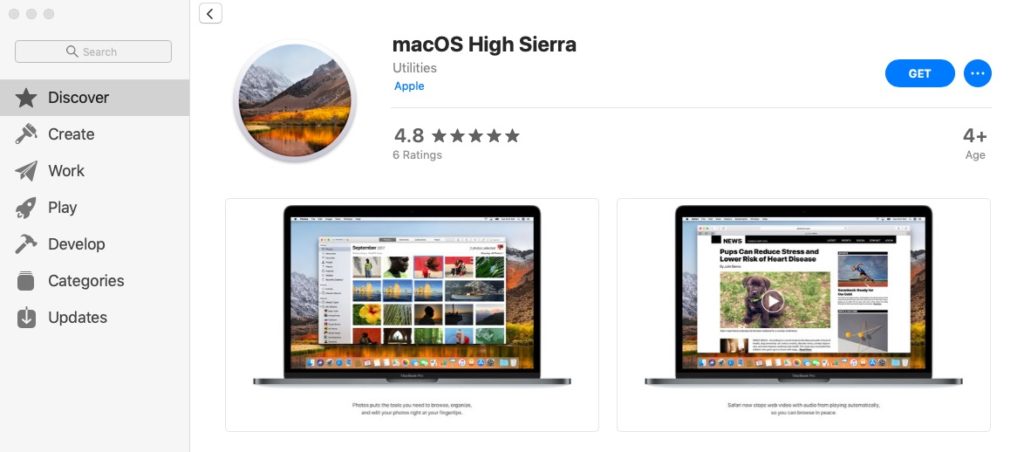

WARNING: If you forget the encryption password, it is impossible to restore from encrypted Time Machine backups. Check the box next to "Back Up Automatically", then select the new partition you just created.
Open System Preferences and click on Time Machine. Click Apply to create the new partition. It should be larger than your normal startup disk in size. Give the new partition an unique name, and format it as Mac OS Extended (Journaled). Select your startup disk, then click the + button. If prompted to add an APFS volume instead, click Partition. 
Open Disk Utility and select your startup disk.If you do not have another device to view this reply, print out these instructions before continuing.Follow these steps to safely revert back to macOS High Sierra: Based on the screenshot and the output of diskutil list, you appear to have an internal SSD which uses Apple File System (APFS). If everything is successful, you should either end up at the login window or at the desktop screen.You'll be guided through the data restoration process. Connect your external drive and select "From another Mac, Time Machine backup, or startup disk". When Setup Assistant appears, progress through the Assistant until you're prompted to transfer data.Progress through the installer until the installation has started.
#DOWNGRADE MAC OS MOJAVE TO HIGH SIERRA WITHOUT ERASING INSTALL#
Select Install macOS, and verify that it wants to install macOS High Sierra.
The main Utilities window should reappear. When the erasure is complete, quit Disk Utility. If you question whether the first Time Machine backup was made successfully, stop here and make a new backup by restarting your Mac normally. WARNING: This step destroys all of the data on your Mac. Name: Whatever you want, but the default is Macintosh HD. Select the top level of your internal drive, then click Erase. Click on View, then select Show All Devices. When the main Utilities window appears, select Disk Utility and continue. This will boot Recovery Mode over the Internet, which will offer to install the latest version of macOS released to the public: High Sierra. Then, restart your Mac while holding down Option-Command-R. When the first backup has been successfully made, eject your external drive. 
Wait for the first backup to be finished before continuing. Check the box next to "Back Up Automatically", which will prompt you to select your external drive. To do so, open System Preferences and select Time Machine.
Scheme: GUID Partition Table or GUID Partition Map. Name: Whatever you want, but don't leave it as Untitled. Then, select the top level of your external drive and click Erase. Open Disk Utility and click on the View button, then select Show All Devices. Once you've purchased your external drive, follow these steps to safely retain your data while reverting back to macOS High Sierra: Note: If your used space on your Mac is less than half of the total amount of space on your drive, you might not need to buy an external drive. When Disk Utility is open, select your startup disk (usually named Macintosh HD) to see how much space has been used on your Mac.  Disk Utility, which is located in /Applications/Utilities. When the product window appears, select Storage. Apple menu, then click About this Mac. To check how much space you've used on your Mac, go to one of these places: Because you haven't made a backup before installing the macOS Mojave Beta (whether you installed the developer beta or the public beta), you'll need to purchase an external drive that is the same size as or larger than the amount of used space on your Mac.
Disk Utility, which is located in /Applications/Utilities. When the product window appears, select Storage. Apple menu, then click About this Mac. To check how much space you've used on your Mac, go to one of these places: Because you haven't made a backup before installing the macOS Mojave Beta (whether you installed the developer beta or the public beta), you'll need to purchase an external drive that is the same size as or larger than the amount of used space on your Mac.








 0 kommentar(er)
0 kommentar(er)
